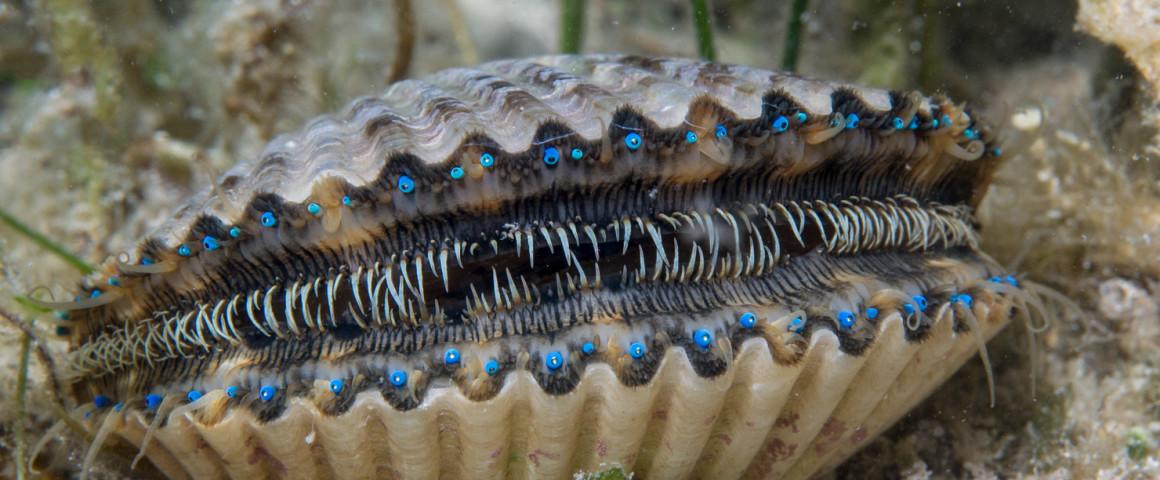I have a distinct memory of summer 2012. I was riding my bike around the beautiful island of Martha's Vineyard when I pedaled up to a house with dozens of goats just hanging out and munching in the yard. I saw the lady who lived there. "Why do you have so many goats?" I asked.
 |
| GOATS! |
 |
| Meme |
Part 2: The first-hand experience
The next summer, I woke up one morning with a red, blistering rash all around my lips and nose. I couldn't breathe. It was due to Toxicodendron radicans, or what is commonly known as poison ivy. I could not breathe, and I went on steroids to help with the pain. If you've ever been on steroids, you would know they don't always make you feel the best. I had it pretty bad, I even passed out in a Thai restaurant while I was attempting to enjoy some curry. It was the worst.
Part 3: A misidentified hero?
But was it the worst? Now I'm not so sure. On Friday, May 25, Ms. Eckert took us to the Sandy Hook Beach through the New Jersey Sea Grant Consortium. The women guiding our day mentioned that poison ivy helps keep the beach together. I was just a bit angry because.... what about my face? What about all the hard work the goats did to un-invade the nice woman's yard? Was it all for nothing? Is poison ivy foe like I had learned to believe? Or is it friend?
Poison ivy makes up 70% of the plants on the beach at Sandy Hook. The more hot and humid the summer is, the more poison ivy there is to look out for, and climate change is a big help in extending the number of poisonous plants. The rise in CO2 in the atmosphere positively correlates with the growth of poison ivy.
 |
| Friend or Foe? |
Poison ivy makes up 70% of the plants on the beach at Sandy Hook. The more hot and humid the summer is, the more poison ivy there is to look out for, and climate change is a big help in extending the number of poisonous plants. The rise in CO2 in the atmosphere positively correlates with the growth of poison ivy.
The extensive root system of the plant traps sand blown by the wind, and it allows other plants in the area to grow (this makes it really hard to remove). It also helps to prevent erosion. By removing poison ivy, we're getting rid of a food source for wildlife, and a method of land restoration.
 |
| Figure 4: Urushiol |
Part 4: Urushiol (not the villain in The Little Mermaid)
Urushiol is the oil in poison ivy that causes contact dermatitis (itchy, scratchy, bumpy rash) in humans. One billionth of a gram of urushiol can cause the allergic reaction (in 85% of humans--some are not affected). The oil can cling to clothes and tools, but it cannot be contracted through the air, only skin-to-skin contact (so you can still enjoy long days at the beach). Once exposed to the oil, the rash may take up to two weeks to show up. It passes through the epidermis, and your immune response is the rash.
 |
| Urushiol when it comes into contact with the skin |
Part 5: The conclusion
There are both good and bad things about poison ivy. While it helps hold the beach together, it causes a horrible itchy rash that I wouldn't wish on my worst enemy. Well, maybe my worst enemy but definitely nobody else.



































